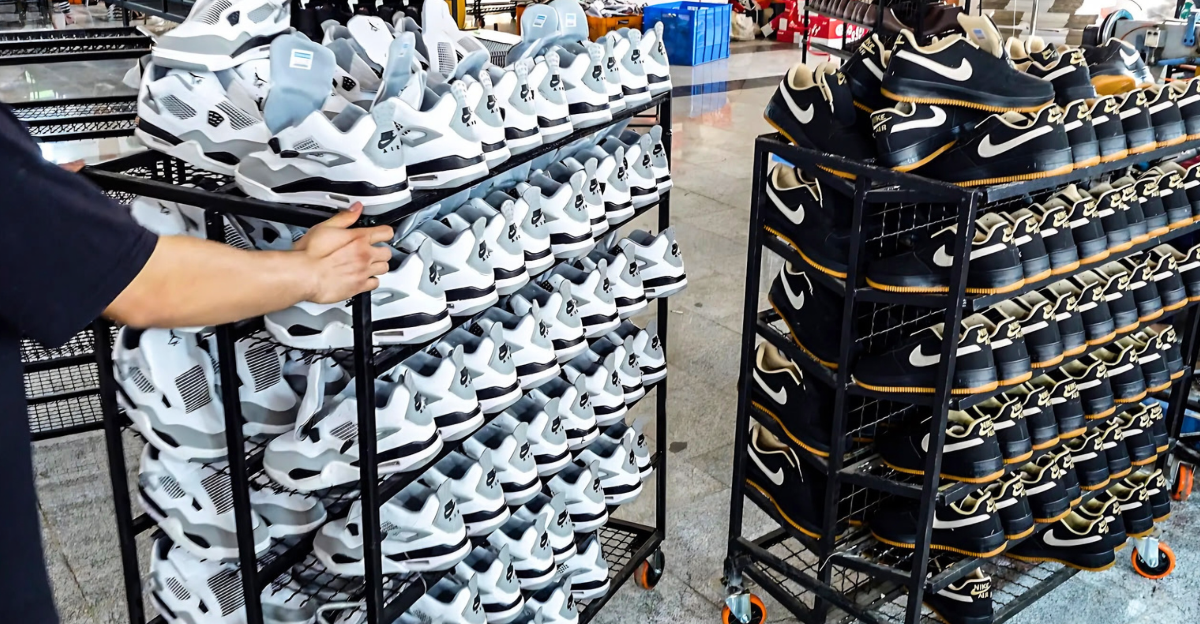
Nike’s latest earnings stunned Wall Street. In Q4 the brand announced its three biggest sneaker lines – Air Force 1, Dunk and Air Jordan 1 – all plunged by roughly 30% year-on-year, erasing about $1 billion of revenue (around one-tenth of its quarterly sales) and marking its steepest decline in years. CEO Elliott Hill admitted the company had become “over-indexed” on nostalgia – a bust of tried-and-true classics that no longer resonates with today’s consumers. Investors reacted sharply: Nike’s stock slid nearly 6% to a five-year low before a partial rebound.
Such a collapse in the very silhouettes that built the Swoosh raises urgent questions about the rest of Nike’s lineup and the broader culture around it. Indeed, Nike recorded its worst sales drop in five years (Q4 sales fell ~12% year-on-year to $11.10 billion), signaling trouble that extends beyond any single trend.
Digital Dive
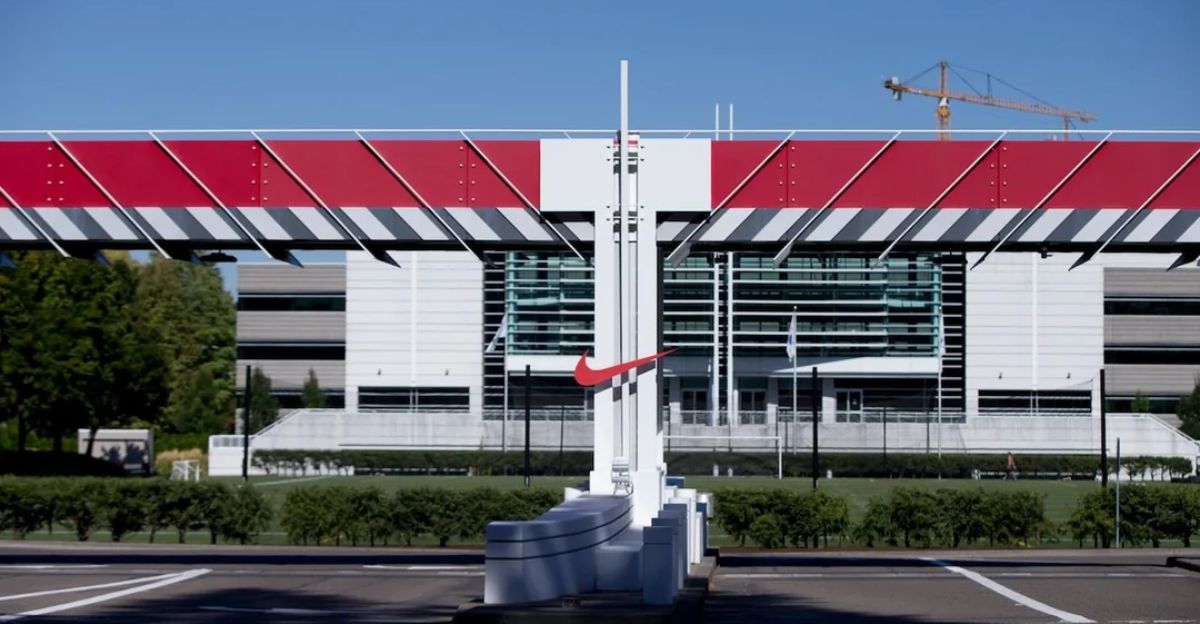
The icon slump came amidst a more troubling decline in Nike’s digital channel. Total revenue slid about 12%, and Nike’s once-roaring online Direct-to-Consumer (DTC) business collapsed (~26% down). CFO Matt Friend blamed “soft traffic and higher discounts” after years of burning through inventory, and noted that switching back to full-price selling left Nike’s digital storefront with the biggest headache of the quarter.
The numbers underline how quickly consumer tastes, new tariff costs, and agile rivals have eroded Nike’s ecommerce advantage.
Icon Lore
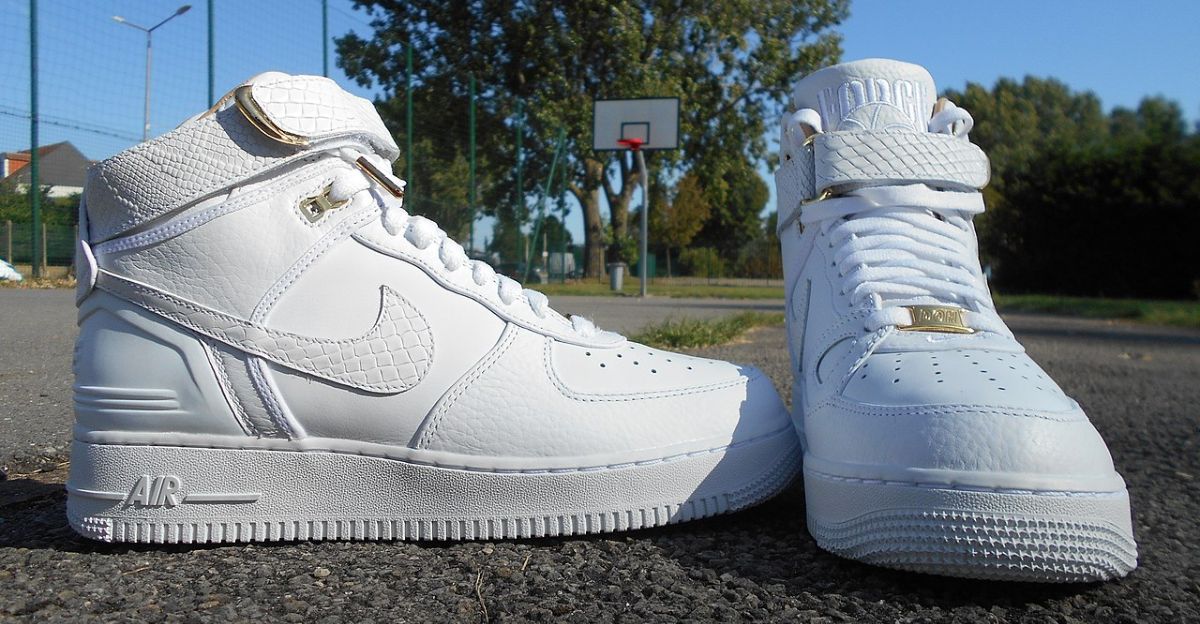
Nike’s fallen heroes all have storied histories. The Air Force 1 debuted in 1982, the Dunk in 1985 and the first Air Jordan 1 also in 1985, and each has remained in continuous production for decades. These silhouettes became genuinely iconic, selling through wave after wave of style cycles and earning cult status in hip-hop, skate, basketball and streetwear. RunRepeat, a sneaker-review site, ranks the AF1 among the 25 most popular sneakers worldwide – “a staple that goes from concrete to catwalks.” But even legends can overstay their welcome.
Decades of cultural cachet kept demand sizzling – until Nike flooded the market with copycat colorways and glutted distribution.
Competitive Crunch
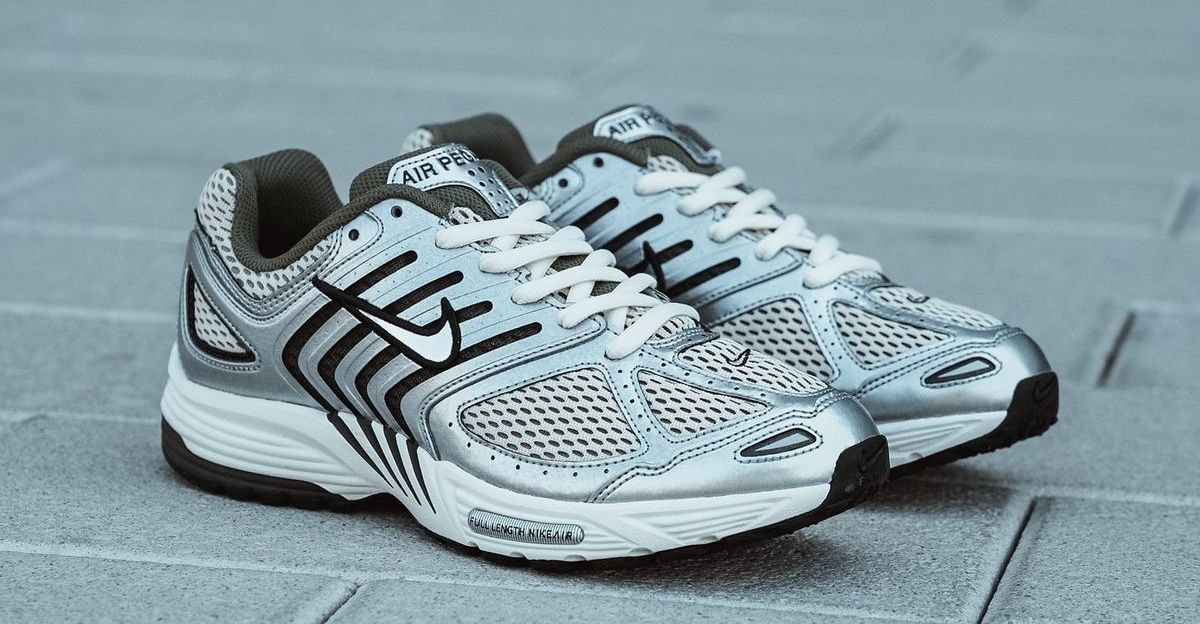
Meanwhile, upstart running brands and design trends have chipped away at Nike’s edge. In 2024, Hoka and On Running each enjoyed double-digit growth in North America, luring everyday runners away from Nike’s Pegasus and inviting pads. These brands champion ultra-cushioned foam and niche performance tech that Nike was slow to fully embrace. At the same time, new U.S. tariffs on Asia-made footwear are about to dump an extra $1 billion in costs on Nike in FY2026, squeezing already-thin margins (Nike’s gross margin plunged 440 basis points last quarter).
Citi and other analysts say Hill’s “Win Now” turnaround plan must now fight on three fronts: navigate the tariff tailwinds, reignite product innovation, and claw back share in both sport-performance and lifestyle.
Rightsize Moment
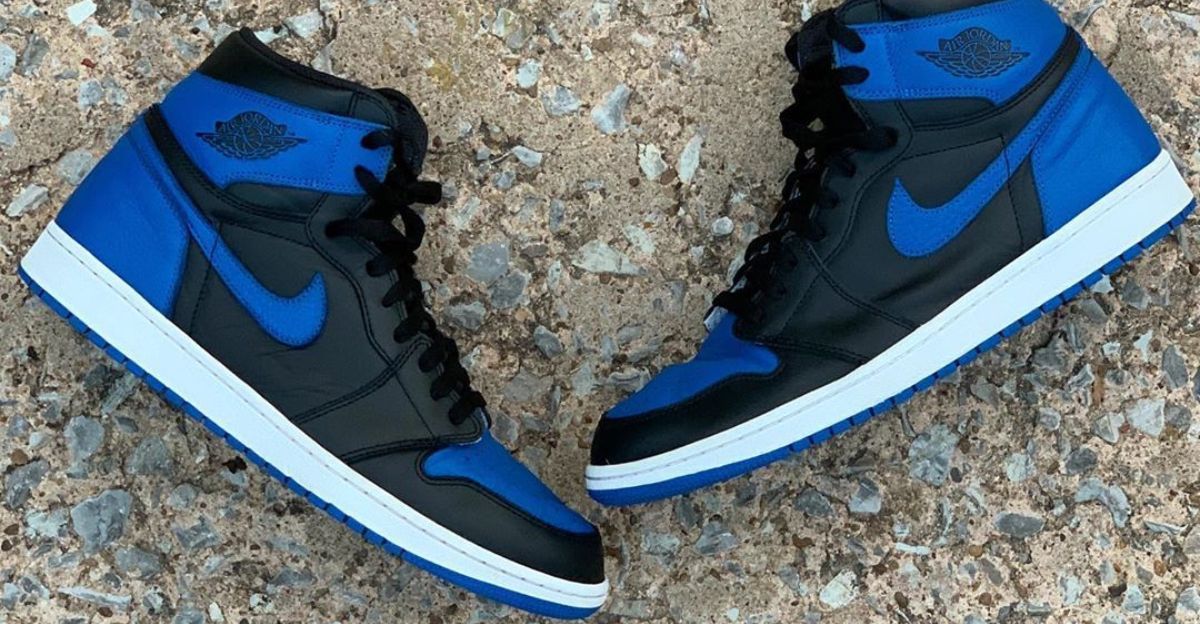
That challenge prompted a bold pivot unveiled during Nike’s Q4 earnings call. On June 26, Hill told analysts plainly: “We set out to aggressively right-size three very important franchises.” CFO Friend later detailed the cuts: shipments of Air Force 1 are down nearly 40%, Dunk orders have been trimmed ~70% over two years, and Air Jordan 1 volumes are being slashed by roughly one-third.
Management stresses these beloved models aren’t being discontinued, but rather rationed.
Regional Ripples
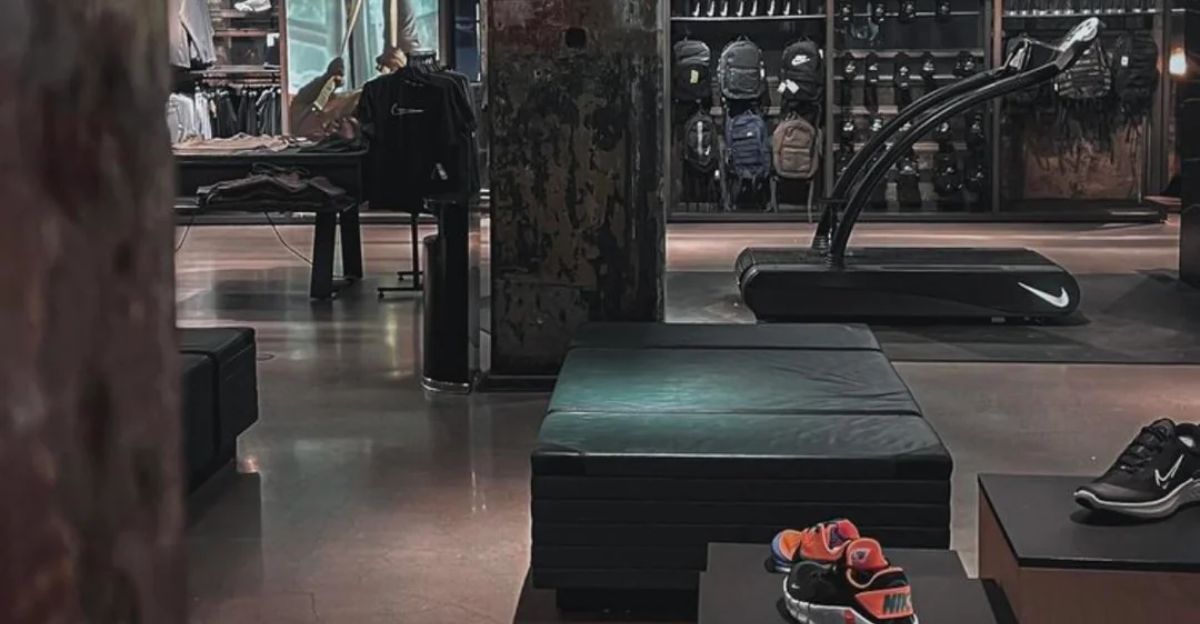
The retrenchment played out unevenly around the globe. North America revenue fell about 11% despite factory-store sales ticking up 2%, suggesting that fewer classic sneakers outweighed a healthy back-to-school season. In Greater China, the decline was even steeper – down ~21% – as cautious consumers and strong local rivals (the homegrown brand Xtep, for instance) took a toll. Nike itself admits China will take “some time” to recover.
On the bright side, some new performance launches are showing traction.
Fan Fallout
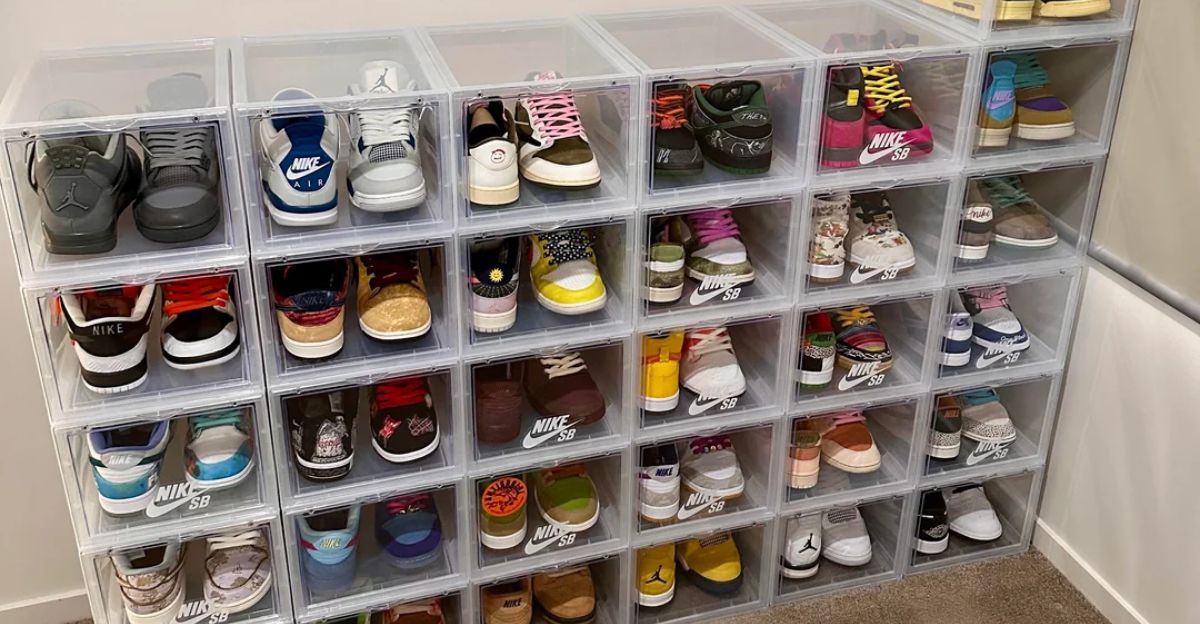
Sneakerheads, collectors and retail staff have already felt the squeeze. As TheStreet reports, longtime fans are complaining about “fewer drops, less shelf space [and] slower restocks.” Collector and retailer Larry’s Impractical Shoes told press, for example, that “the classic Panda Dunk has become ridiculously hard to find – sizes are gone the instant they hit shelves.” On resale platforms, prices for iconic Nike styles have actually been climbing as supply tightens. Meanwhile the average shopper logs into Nike’s app only to see many once-ubiquitous colorways “sold out,” a far cry from past ubiquity.
Even store employees notice the change: a New York Foot Locker manager confirmed their allocation of Air Force 1 “Triple White” pairs has been cut by roughly a third since March.
Supply Shuffle

On the supply chain front, Nike moved swiftly to blunt the tariff pain. The company will cut its reliance on Chinese factories – now about 16% of U.S. footwear imports – down to the “high single digits” by May 2026. As Friend put it on the earnings call: “We will optimize our sourcing mix and allocate production differently across countries to mitigate the new cost headwind”.
Nike is also pairing these shifts with a new Amazon partnership and a reset in wholesale distribution, moves analysts say amount to a full-scale marketplace shake-up.
Brand Re-Fuel

With product and supply issues in check, Nike has doubled down on marketing to rekindle consumer excitement. In the last quarter it lifted ad spend 15% to about $1.3 billion, funding eye-catching campaigns like its “So Win” Super Bowl ad and a global women’s sports initiative. Hill explains that pulling this spending lever is the fastest way to sharpen Nike’s brand distinctiveness while new product cycles catch up.
There are early green shoots: running category sales are already back to mid–high-single-digit growth, and women’s sportswear footwear surged in EMEA. Hill himself touts the effect: “We pulled the lever we could pull the fastest, investing heavily in big sport moments and key product launches to win back our brand voice. That energy has ignited Nike performance product with consumers”.
Forward Play
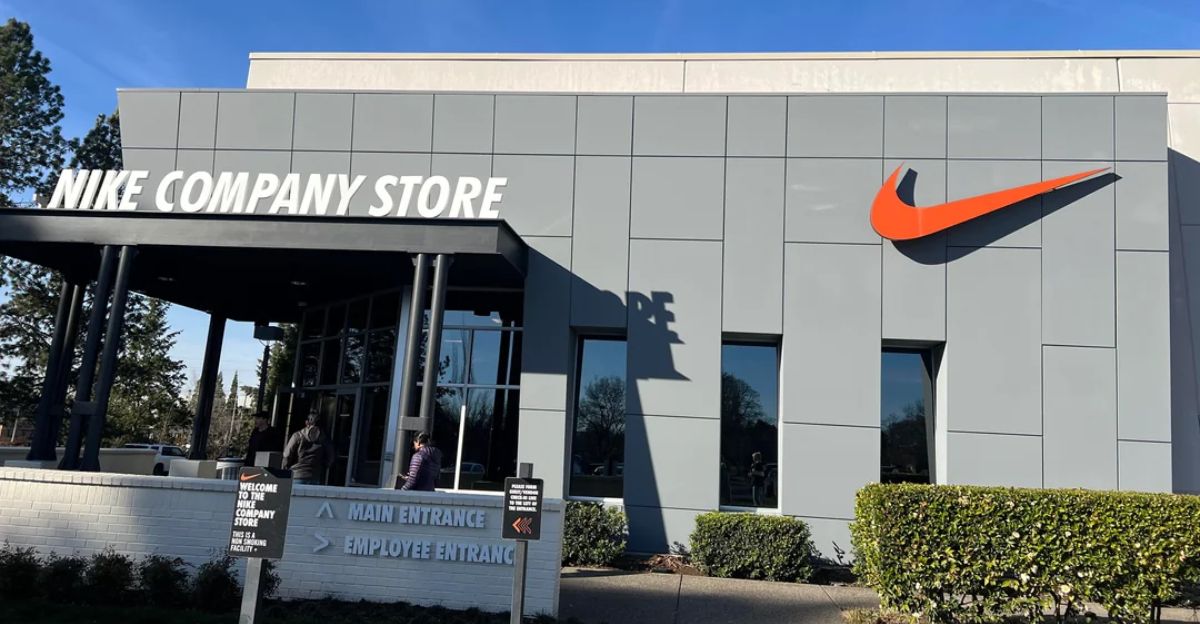
Looking ahead, Hill insists the worst of the company’s pain is now behind it. He told investors the deepest impact of the “Win Now” cuts has passed and that “headwinds will moderate from here,” even though he expects it may take “several quarters” to clean up excess inventory. The market will be watching two things closely: whether the flurry of new sport-performance launches can offset the lost classics revenue, and whether Nike Digital can return to growth without resorting to heavy discounting.